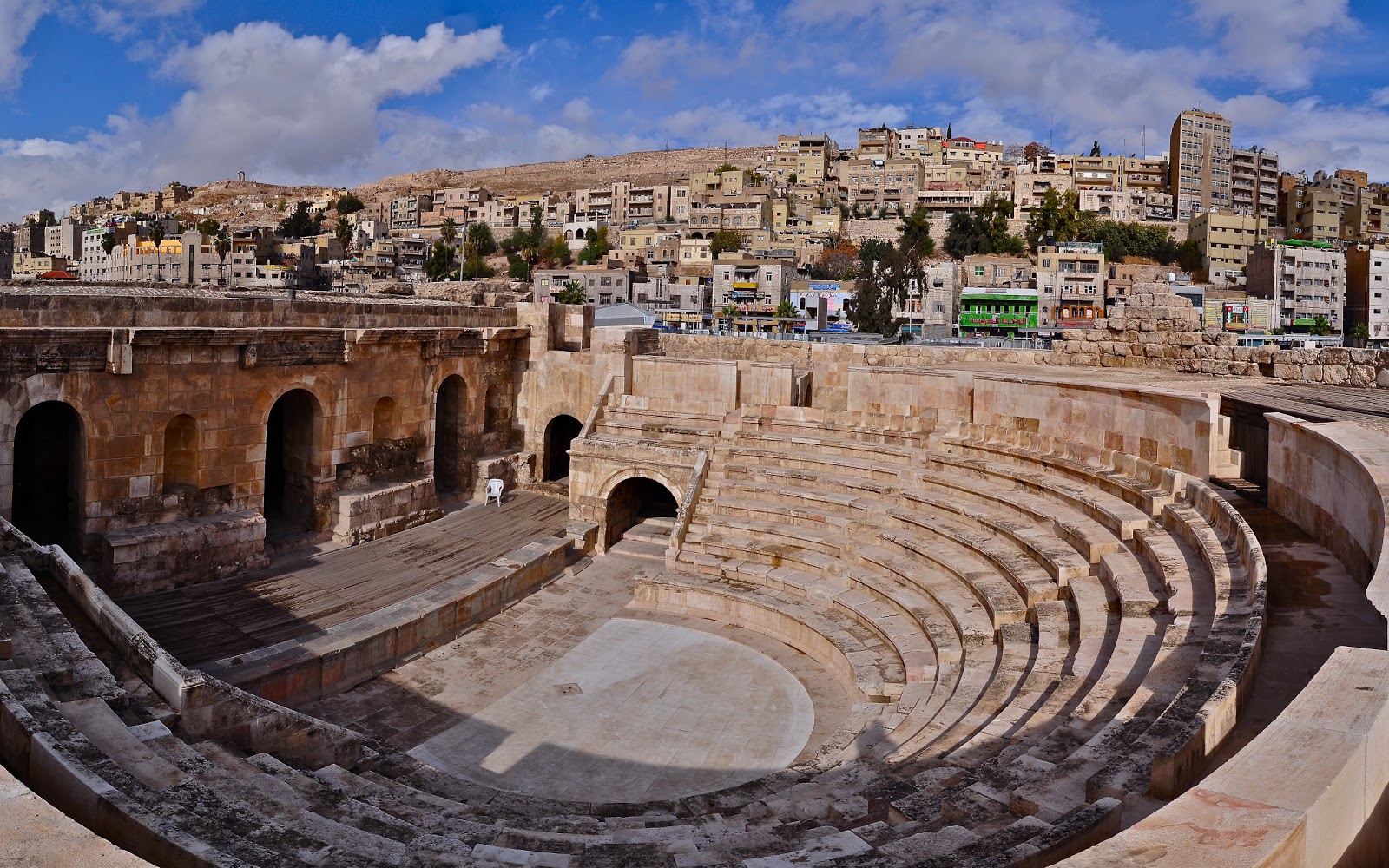
Amman is the capital and largest city of Jordan, located in the northwestern part of the country. It holds significant importance as the political, cultural, and economic center of Jordan. The city’s history dates back thousands of years, and it has witnessed the rise and fall of various civilizations, including the Ammonites, Romans, Byzantines, and Islamic Caliphates.
Visitors to Amman can explore its rich history, diverse culture, and vibrant culinary scene. The city also serves as a gateway to Jordan’s many archaeological wonders, including Petra and the Dead Sea, making it a vital entry point for tourists exploring the country. Amman’s significance as Jordan’s capital makes it a dynamic and intriguing destination for travelers and a key player in the region’s political and economic landscape.
The Mujib Biosphere Reserve is the lowest nature reserve in the world, with a spectacular array of scenery near the east coast of the Dead Sea. The Reserve is located within the deep Wadi Mujib gorge, which enters the Dead Sea at 410m below sea level. The Reserve extends to the Karak and Madaba mountains to the north and south, reaching 900 metres above sea level in some places. This 1,300m variation in elevation, combined with the valley's year- round water flow from seven tributaries, means that Wadi Mujib enjoys a magnificent bio-diversity that is still being explored and documented today. Over 300 species of plants, 10 species of carnivores and numerous species of permanent and migratory birds have been recorded. Some of the remote mountain and valley areas are difficult to reach, and thus offer safe havens for rare species of cats, goats and other mountain animals. Mujib's sandstone cliffs are an ideal habitat for one of the most beautiful mountain goats in the world, the horned Ibex.
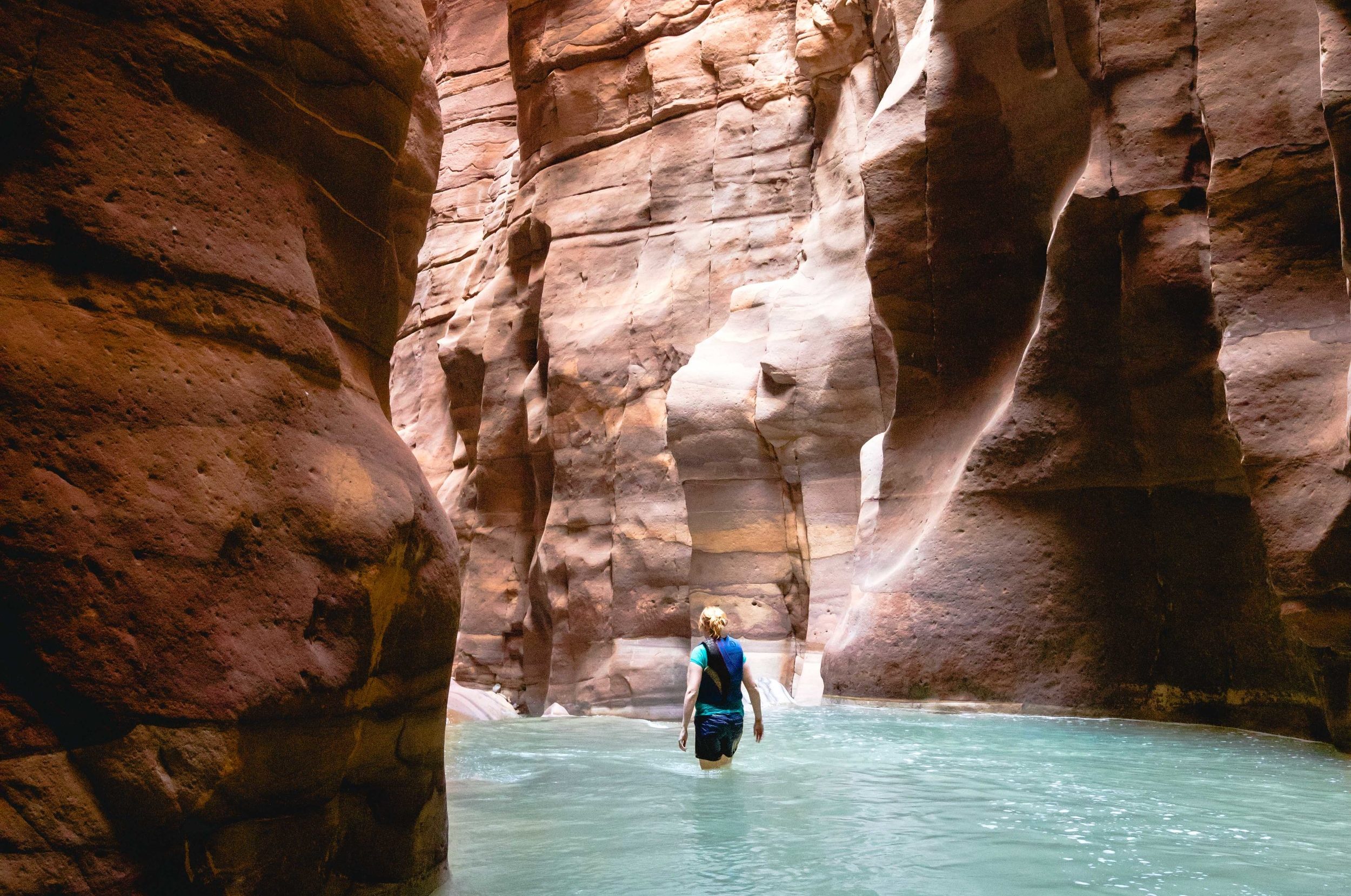
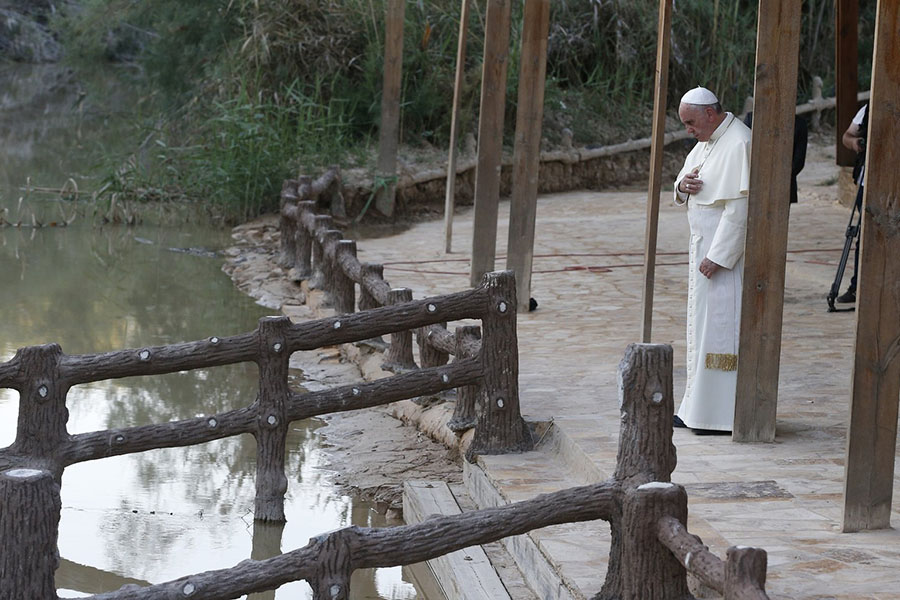
Situated on the eastern bank of the River Jordan, nine kilometres north of the Dead Sea, the archaeological site consists of two distinct areas: Tell Al-Kharrar, also known as Jabal Mar-Elias (Elijah’s Hill) and the area of the churches of Saint John the Baptist near the river. Situated in a pristine natural environment the site is believed to be the location where Jesus of Nazareth was baptized by John the Baptist. It features Roman and Byzantine remains including churches and chapels, a monastery, caves that have been used by hermits and pools in which baptisms were celebrated, testifying to the religious character of the place. The site is a Christian place of pilgrimage.
The giant red mountains and vast mausoleums of a departed race have nothing in common with modern civilization, and ask nothing of it except to be appreciated at their true value – as one of the greatest wonders ever wrought by Nature and Man. Although much has been written about Petra, nothing really prepares you for this amazing place. It has to be seen to be believed. Petra, the world wonder, is without a doubt Jordan’s most valuable treasure and greatest tourist attraction. It is a vast, unique city, carved into the sheer rock face by the Nabataeans, an industrious Arab people who settled here more than 2000 years ago, turning it into an important junction for the silk, spice and other trade routes that linked China, India and southern Arabia with Egypt, Syria, Greece and Rome.
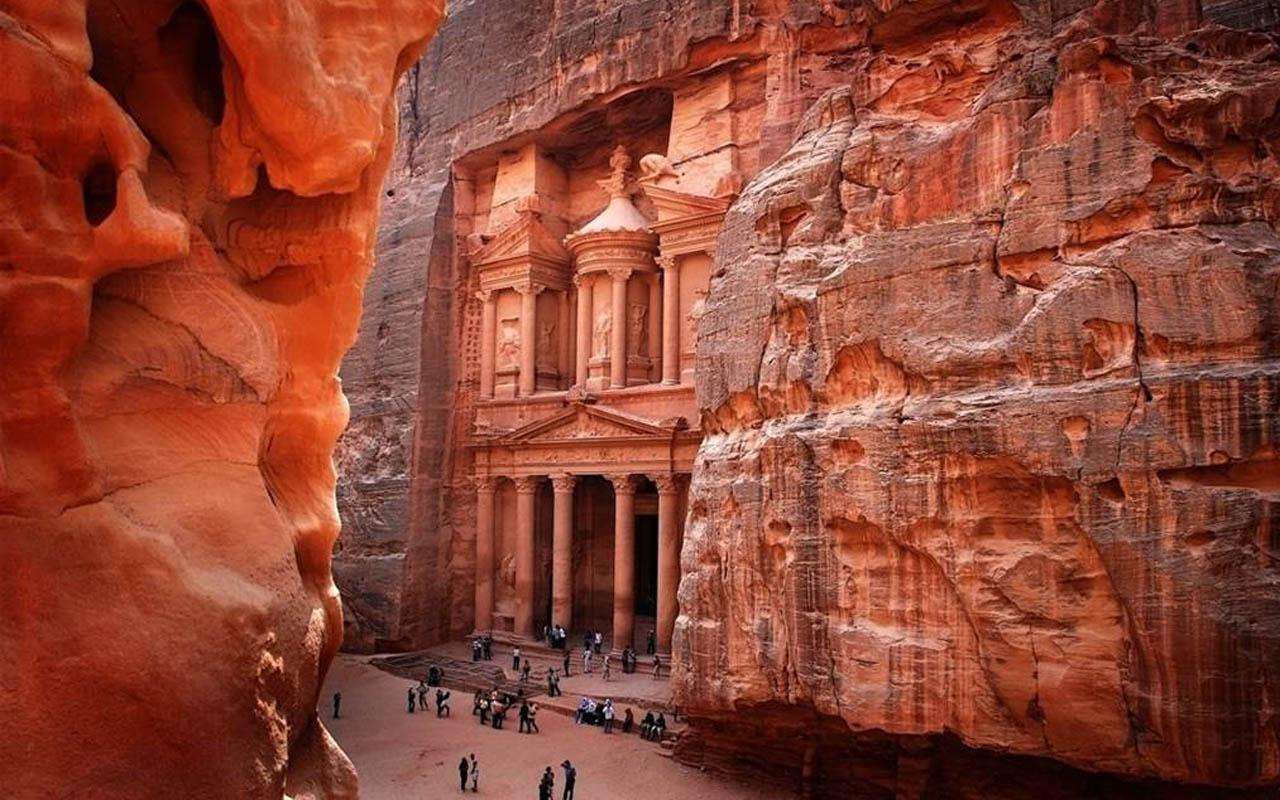
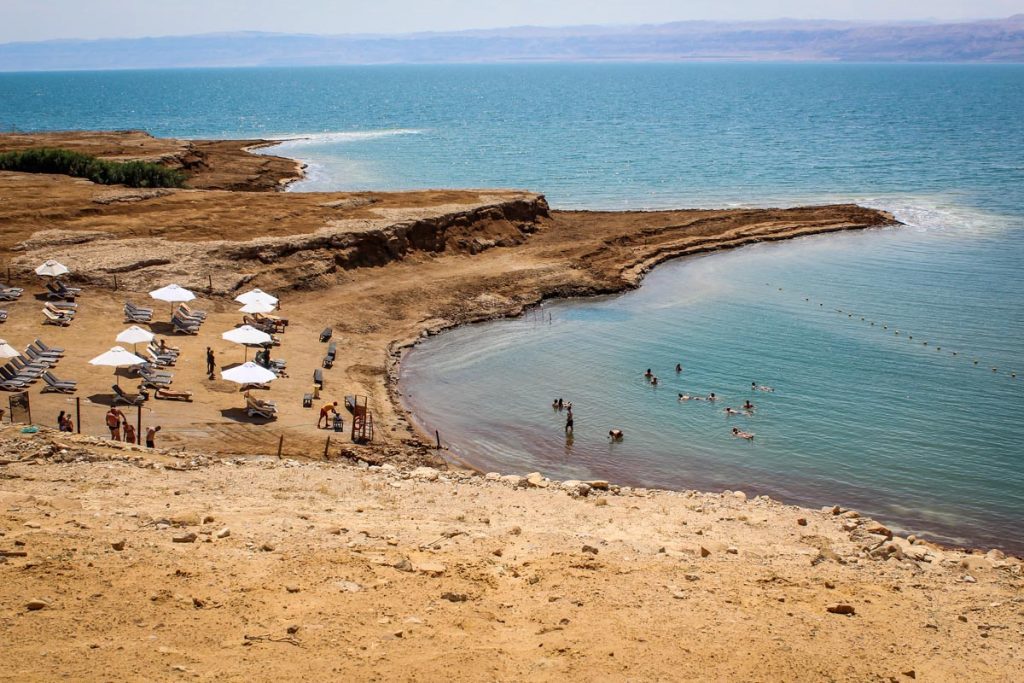
A spectacular natural wonder the Dead Sea that is located 427 meters below sea level is perfect for wellness and religious tourism, fun in the sun with the family. With its mix of beach living and religious history you can soak up the sun while Biblical scholars can get their daily dose of religious history. The leading attraction at the Dead Sea is the warm, soothing, super salty water itself – some ten times saltier than sea water, and rich in chloride salts of magnesium, sodium, potassium, bromine and several others. The unusually warm, incredibly buoyant and mineral-rich waters have attracted visitors since ancient times, including King Herod the Great and the beautiful Egyptian Queen, Cleopatra. All of whom have luxuriated in the Dead Sea's rich, black, stimulating mud and floated effortlessly on their backs while soaking up the water's healthy minerals along with the gently diffused rays of the Jordanian sun.
Mount Nebo is most known for being the site where Moses overlooked the Holy Land but did not enter it and where a church and a monastery were built to honor him. The book of Numbers (33:47) mentions that when the children of Israel moved from Almon Diblathaim they camped in the mountains of Abarim, before Nebo, and that the children of Reuben rebuilt the city (Numbers 32:38).The city remained with the Moabites, according to Isaiah: “Moab will wail over Nebo and over Medeba; on all their heads will be baldness, and every beard cut off” (Isaiah 15:2-3). The Prophet Jeremiah (48:1) said of Nebo, “Thus says the Lord of hosts, the God of Israel: Woe to Nebo! For it is plundered.” The Prophet Moses “went up from the plains of Moab to the top of Pisgah, which is across from Jericho. And the Lord showed him all the land...” but told him, “you shall not go over there.” (Deuteronomy 34:1-4). “So Moses the servant of the LORD died there in the land of Moab, according to the word of the LORD, and he buried him in the valley in the land of Moab opposite Beth-peor; but no one knows the place of his burial to this day.” (Deuteronomy 34:5-6).
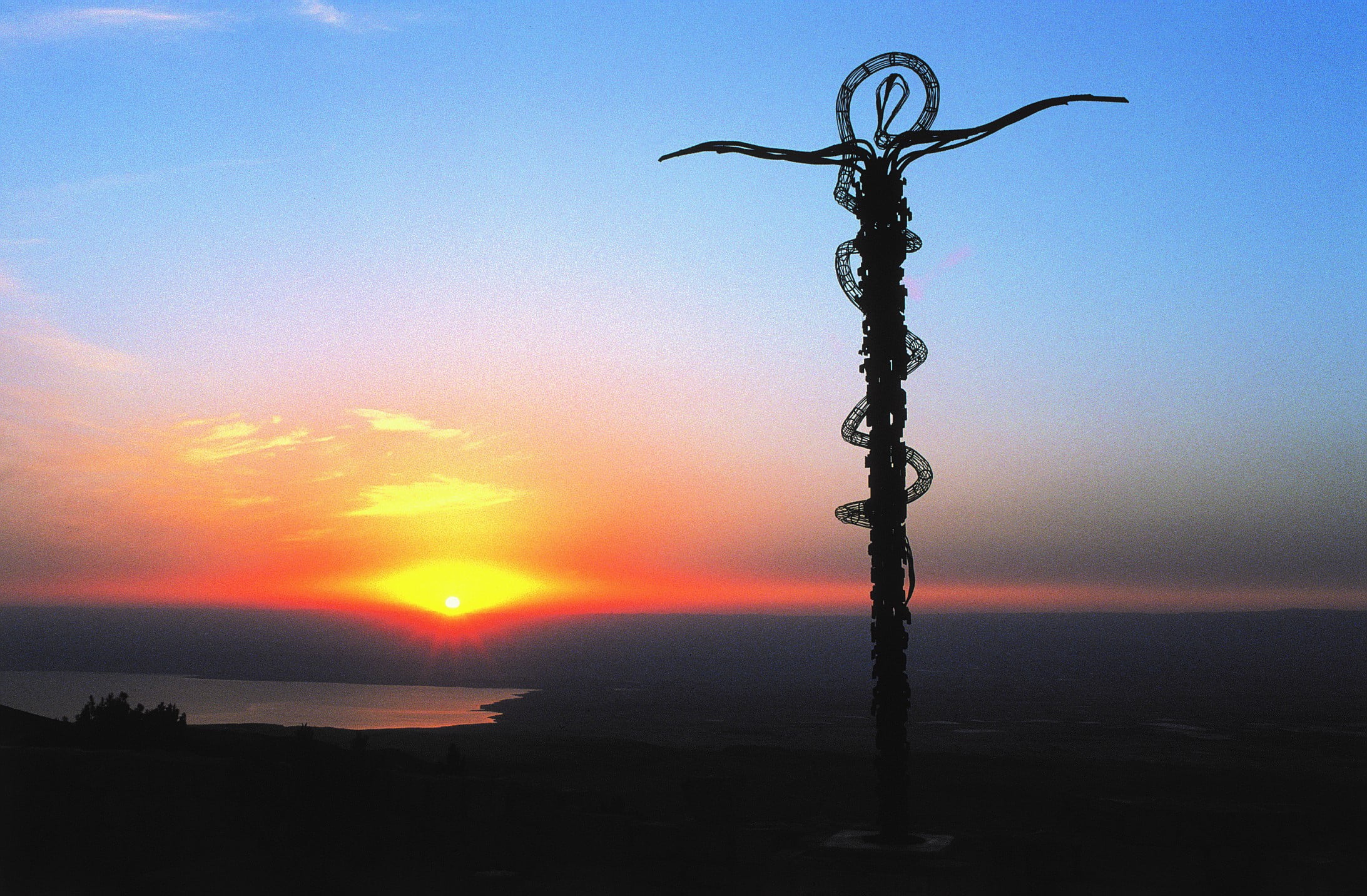
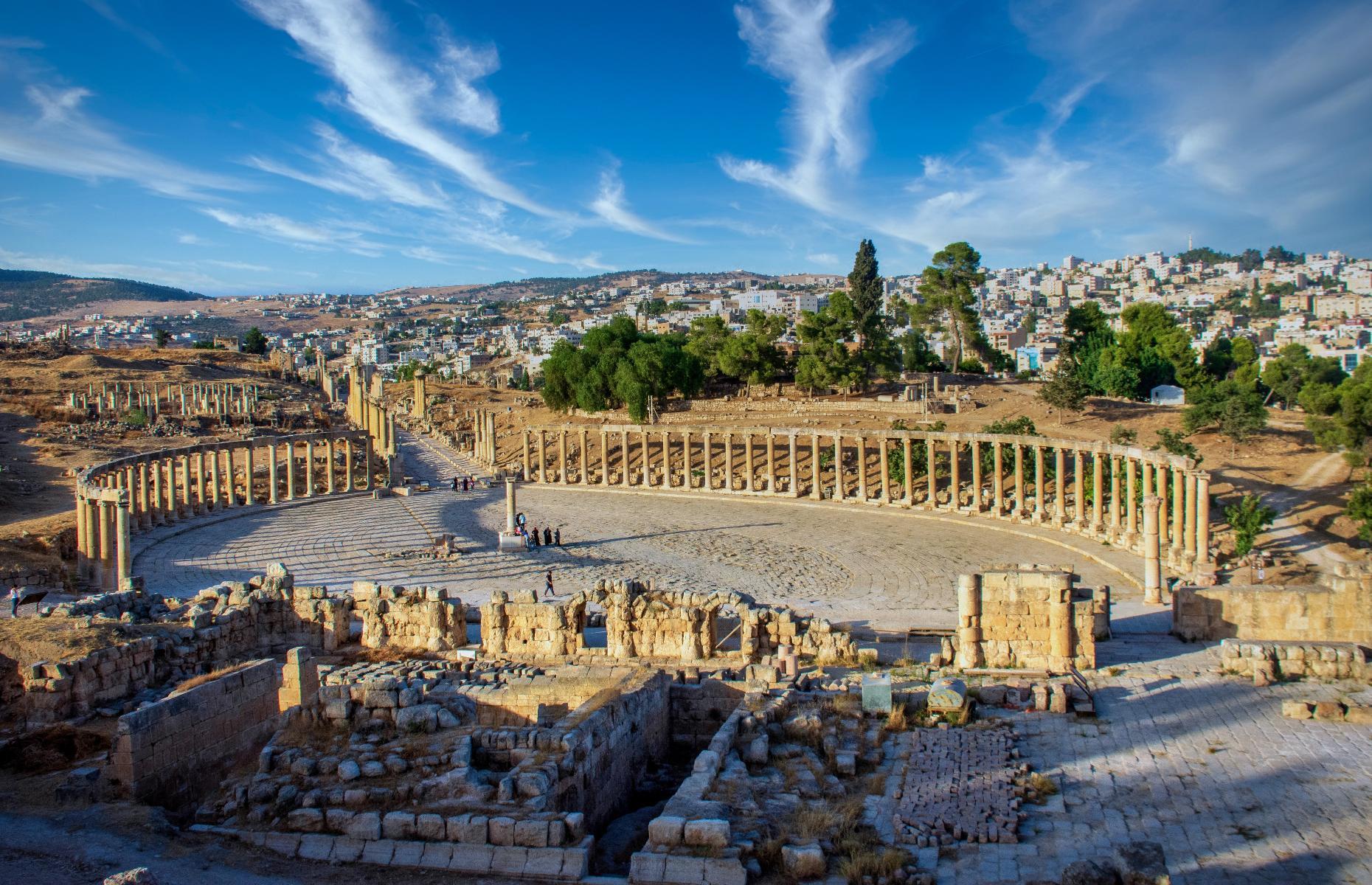
The ancient city of Jerash is one of the most popular attractions in Jordan behind Petra. It is considered one of the largest and most well preserved sites of Roman architecture in the world outside of Italy and its history goes back more than 6,500 years. Located north of the country’s capital, Amman, visitors marvel at the stunning colonnaded streets, public squares and hilltop temples.
The earliest known inhabitants of this area named the village, Garshu. The name was then turned into Gerasa and later, Jerash. Jerash began to grow from a small village to a thriving city during the 4th century BC under the rule of Alexander the Great. It was conquered by General Pompey in 63 BC and under Roman rule, it was named one of the great Roman cities of the Decapolis League.
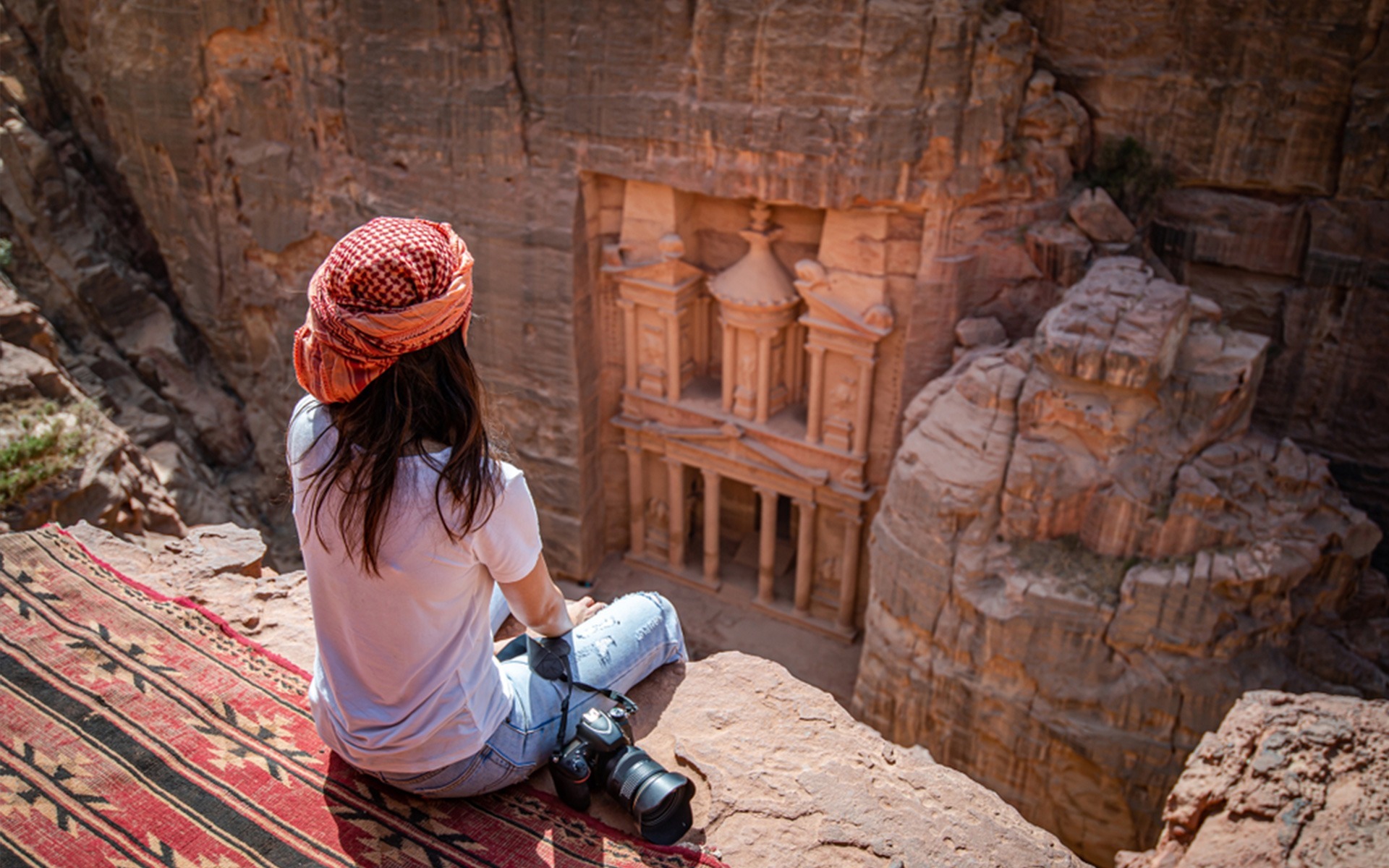
Grape Village Hotel
Typically replies within minutes
Any questions related to Rooms Booking ?
WhatsApp Us
🟢 Online | Privacy policy
WhatsApp us

